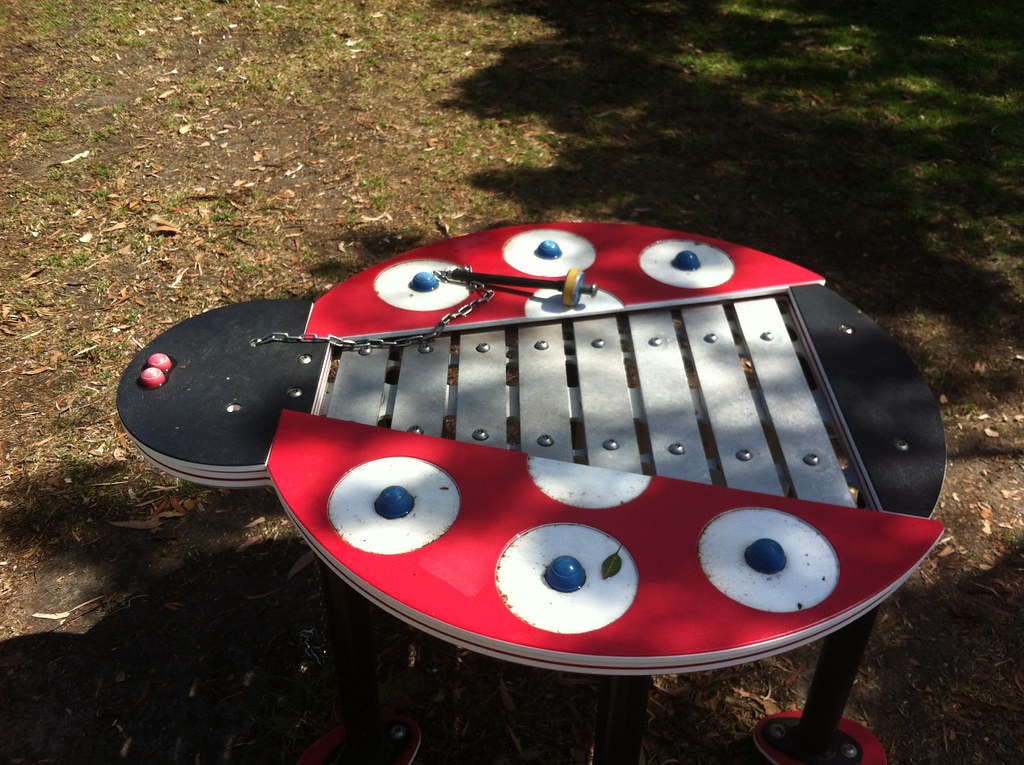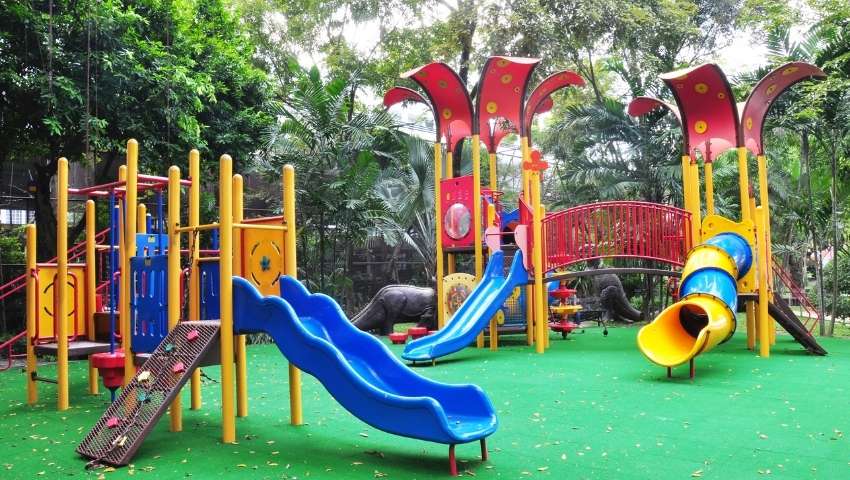Playtime is a critical part of childhood development. It teaches children several life skills, relieves stress, stimulates creativity and exploration, and boosts confidence.
All kids, regardless of their abilities, have the right to stay active, learn, make friends, and socialize. Inclusive play areas do just that! They allow kids of all abilities to connect with others positively and enjoy their playtime.
In this post, we will share a few interesting tips to create a well-designed playground to meet the developmental needs of all kids.
1. Aim for Accessibility
When we talk about individuals with varying abilities, it also includes those facing mobility challenges. The play area should be designed such that kids and adults with a wheelchair, a walker, a cane, or another mobility device should be able to access the space.
The ASTM F1951 standards and ADA regulations require playgrounds to be accessible to mobility devices. Hence, one of the important considerations when designing an inclusive play space is safe and accessible surfacing. An ideal surface ensures easy access and safety for all users.
Grass and materials like wood chips, sand, and pea gravel make it challenging for people with disabilities to navigate the area.
On the other hand, a firm yet shock-absorbing surface like poured-in-place rubber is perfect in such settings. The surface also offers adequate protection in case of a high-risk fall.
2. Include Multi-Sensory Elements
Sensory play is one of the most critical features of an inclusive play area. These elements appeal to and stimulate the main senses, namely touch, sight, hearing, balance, and movement.
Here are a few sensory elements that you can include in the play area to make it inclusive.
- Auditory

Auditory processing is all about how the brain captures, interprets, and recognizes sound stimuli. Children love sounds and music and elements, such as musical instruments and talking tubes.
- Visual

Visual perception is how the brain processes what the eyes see. Including visual activities in the play area, namely adding flashlight tags, telescopes, shadow puppets, and brightly colored play panels can help kids interpret and understand visual information and compare them with the experiences made earlier in life.
- Tactile or Touch

The sense of touch results from the stimulation of neural receptors in the skin and hair follicles. Activities involving experimenting with textures can help stimulate this sense.
For instance, climbing rocks, play panels, or walls covered with a variety of textures can generate tons of stimulation and enhance a child’s playground experience.
- Proprioceptive

The proprioceptive system relates to the stimuli produced by the contraction and stretching of muscles during activities like bending or pulling.
Equipment and activities involving climbing, namely climbing walls, ladders, freestanding climbers, net climbers, and trampolines can help stimulate the proprioceptive senses.
- Vestibular

The vestibular system is found in the middle ear. It relates to the perception of our body and the surrounding factors like gravity, movement, and balance.
The products that stimulate the vestibular system include spinners, swings, and balancing activities.
3. Make Safety a Priority
The probability of accidents and injuries is high in play areas. Hence, it’s critical to take adequate safety measures to make the play area safe and enjoyable for all.
- Inspect the area regularly. Check for dangerous items like broken glass or unsafe equipment that could cause serious injuries.
- Make sure all the equipment is safe and up-to-code. For instance, protruding bolt heads, sharp edges, and hooks can lead to serious injuries. The playground equipment is free of these.
- Avoid abrasive and hard surfaces. Instead, go for a shock-absorbing and anti-skid surface like poured-in-place rubber surfacing.
- Include equipment-to-surface transition areas, such as ramps and slides that can help kids with all abilities access the area with ease.
4. Don’t Miss Out on the Fun Part
Adhering to the ASTM and ADA requirements is core building an inclusive play area. But remember not to miss out on adding a fun element to the space.
Integrate these requirements into the playground design and create an exciting visual path that will engage all the little users. Enhance the area with varied colors, shapes, and materials.

Finally, add innovative equipment like a no-transfer inclusive swing that enables kids in wheelchairs and other mobility aids to explore and have fun.
5. Plan Spaces That Offer an Opportunity for Calm
Children tend to feel overwhelmed when they experience sensory overload. Hence, they need a secluded and quiet space to catch their breath and re-calibrate.
Make sure the play area has a few multi-play structures or playhouses that feel secluded and enclosed, yet are within the view of parents and guardians.
Wrapping Up
Parks and play spaces are an integral part of childhood development. Hence, we need to break down the barriers that make it tough for kids with varying abilities to access the area.
The information shared above will guide you as you build an inclusive playground. If you are looking for more guidance, get in touch with the River Rock Surfacing team. We have been designing and building playgrounds for over 3 decades. Call us now!

